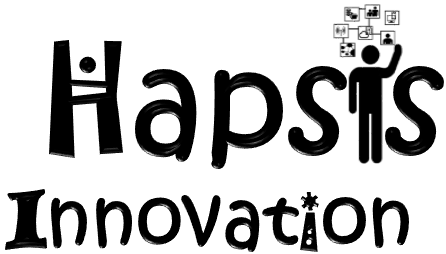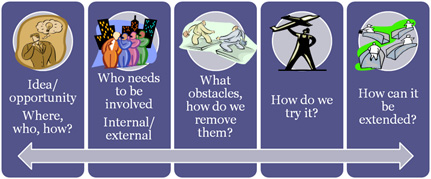An innovative approach can help you understand uncertainty and change, and how to overcome barriers in pursuit of an ambitious vision through future-directed thinking
Innovation is the process that takes creative ideas and applies them to a useful purpose. Innovation can apply to products or processes, be about doing different things, or about doing things differently, and can be incremental or radical. It is generally considered to be about novelty, something new and different, but not just about invention which is more about the creation rather than the application.
Innovation can be supply-led or demand-led, and relate to quality, customer needs, new markets, different products or services, changing regulations or social and ethical considerations.
Innovation links creativity (as the starting point for innovation) with the practicalities of application, adoption and use, understanding the context in which an idea can be implemented and making it happen. Being innovative can also be associated with behaviour, seen as a more applied type of creativity.
Both individuals and organisations can be innovative but need to adopt processes and culture which support innovation and allows it to thrive. This is no easy task, and conflicts can occur with standardisation and control or introducing processes and structures to manage at scale. Developing the necessary balance between autonomy/flexibility and being efficient requires a deep understanding of both psychological aspects such as motivation and business skills.
Key topics include:
- Establishing an innovative culture
- Providing appropriate structures and processes
- Recognising and rewarding innovation
- Reality testing of ideas
- Experimentation and implementation
Read more about Creativity and Entrepreneurship, and Innovation Culture, or look at what programmes are available.


